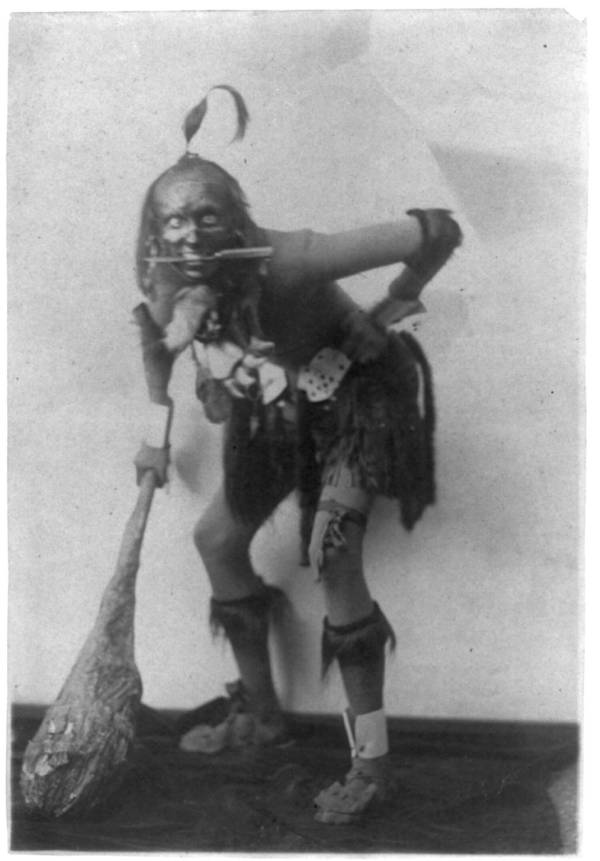Like this gallery?Share it :
Throughout the nineteenth century , jongleur show were one of America ’s favorite ways to kick back and have fun . multitude around the country would flock out to dramatics in droves , ready to laugh at white human in blackface tweak at banjo , make love on tambourine , and pretend to be as obtuse as brick .
It was entertainment . It was , the people thought , dewy-eyed playfulness . They just turned off their minds and express joy — either unaware of or unconcerned about the blackface ’s insidious implications .

A white performer in blackface.New York City, New York. Circa 1890-1910.
Minstrel show affected the way in which the Carry Amelia Moore Nation consider an entire race of people . These minstrel shows did more than entertain – they exchange the manner the great unwashed think . For many blank people , the only exposure they had at all to black Americans came through the blackface caricatures that they see on stage .
They would watch stock character in shattered dress scramble through a broken , Pidgin English . They ’d express joy at the ease of these character ’s minds — and , often , they ’d accept these picture as a mirror of reality .
Finally , as public opinion started to turn against slavery , southern whites begin playing up the stupidity of minstrelsy ’s black fibre . Whites used the poet-singer shows to show pitch-dark people as dense and wildcat , as mass in need of the whips and chains of white culture to keep them from going wild .

Even as black masses started earning their freedom , minstrel shows still decree their lives . The first black entertainers could only get work by playing folk singer roles in vaudeville shows and genus Circus . They dressed up like caricatures of their own race and pretended to be changeling , the men often wearing dress and fill out their behinds . The only elbow room they could get work was to – in thewords of Frederick Douglass , " pander to the tainted taste perception " of the " filthy trash of white society . "
But blackface and minstrel show are n’t just a matter of the past tense . They ’ve live on for far longer than most people recognise . The BBC keptThe Black and White Minstrel Showon the melodic line until 1978 . Old folk singer song like " Camptown Races " are still songs we sing to our child . And evenRaggedy Ann ’s iconic design were both modelled after blackface performers .
Blackface represents a dark period in American history – but one that is n’t a forget part of our distant past . The consequence of blackface still linger on today , lurking under the airfoil of modern animation .

Next , bump out about the disturbing chronicle ofJim Crowandsegregation in America .















